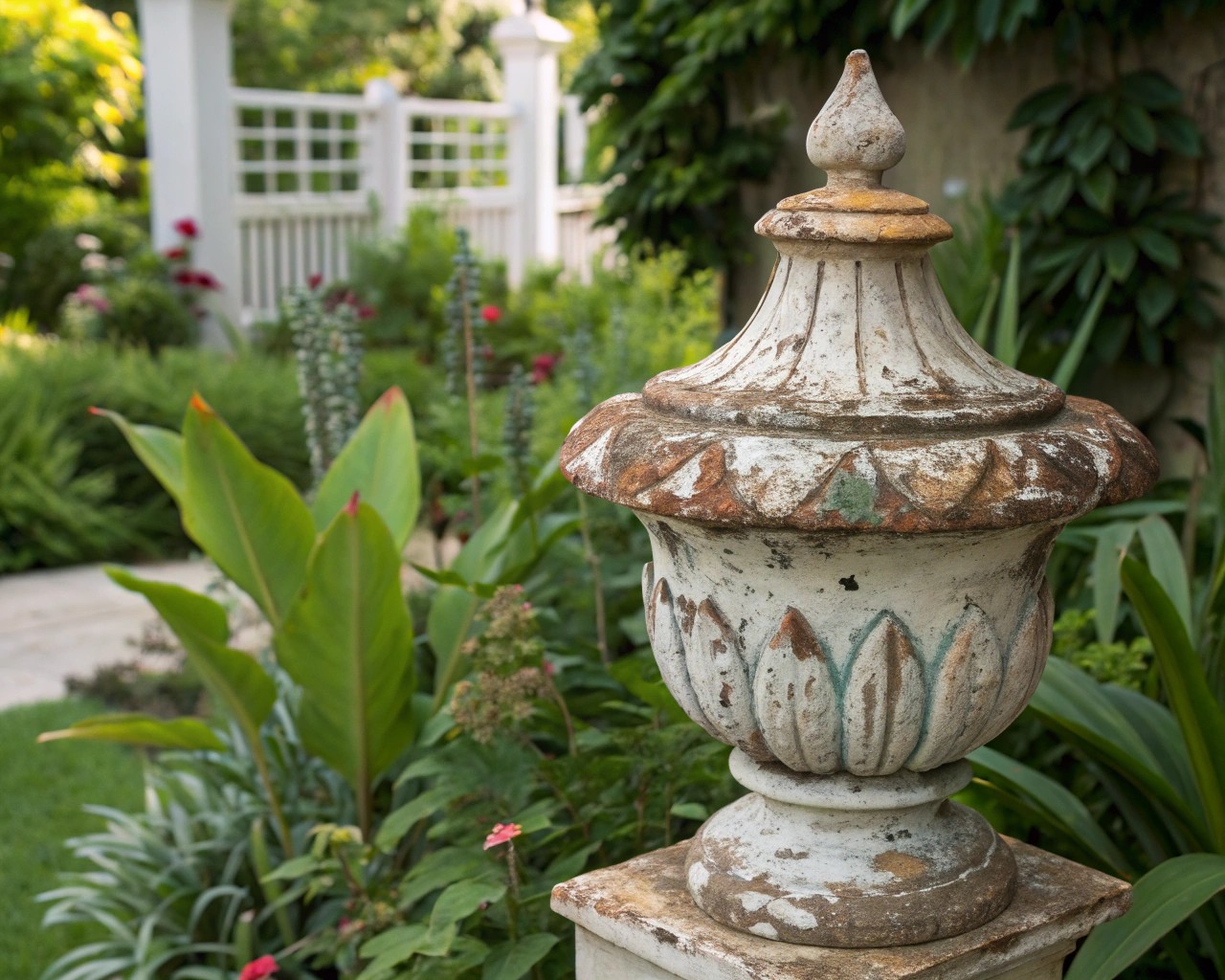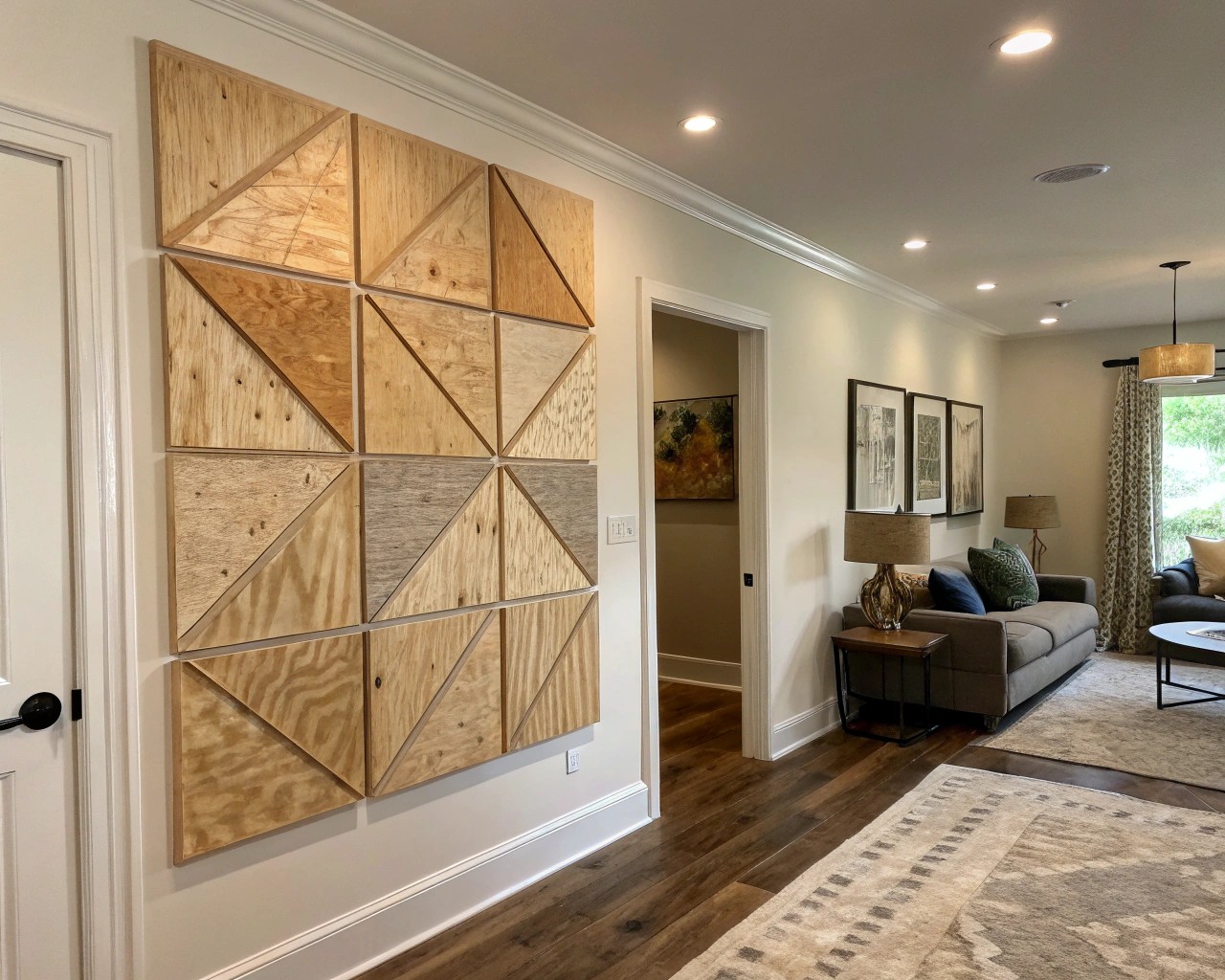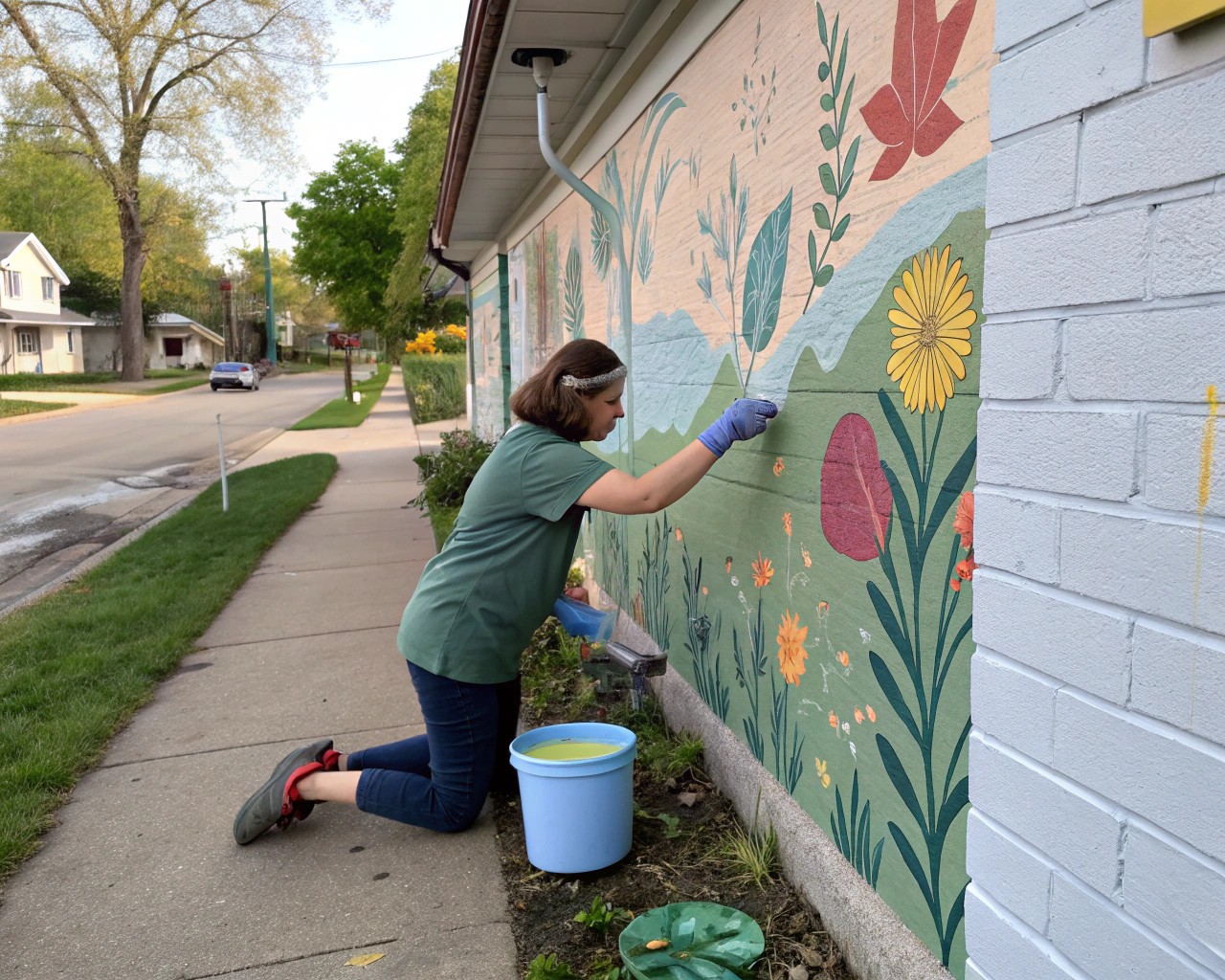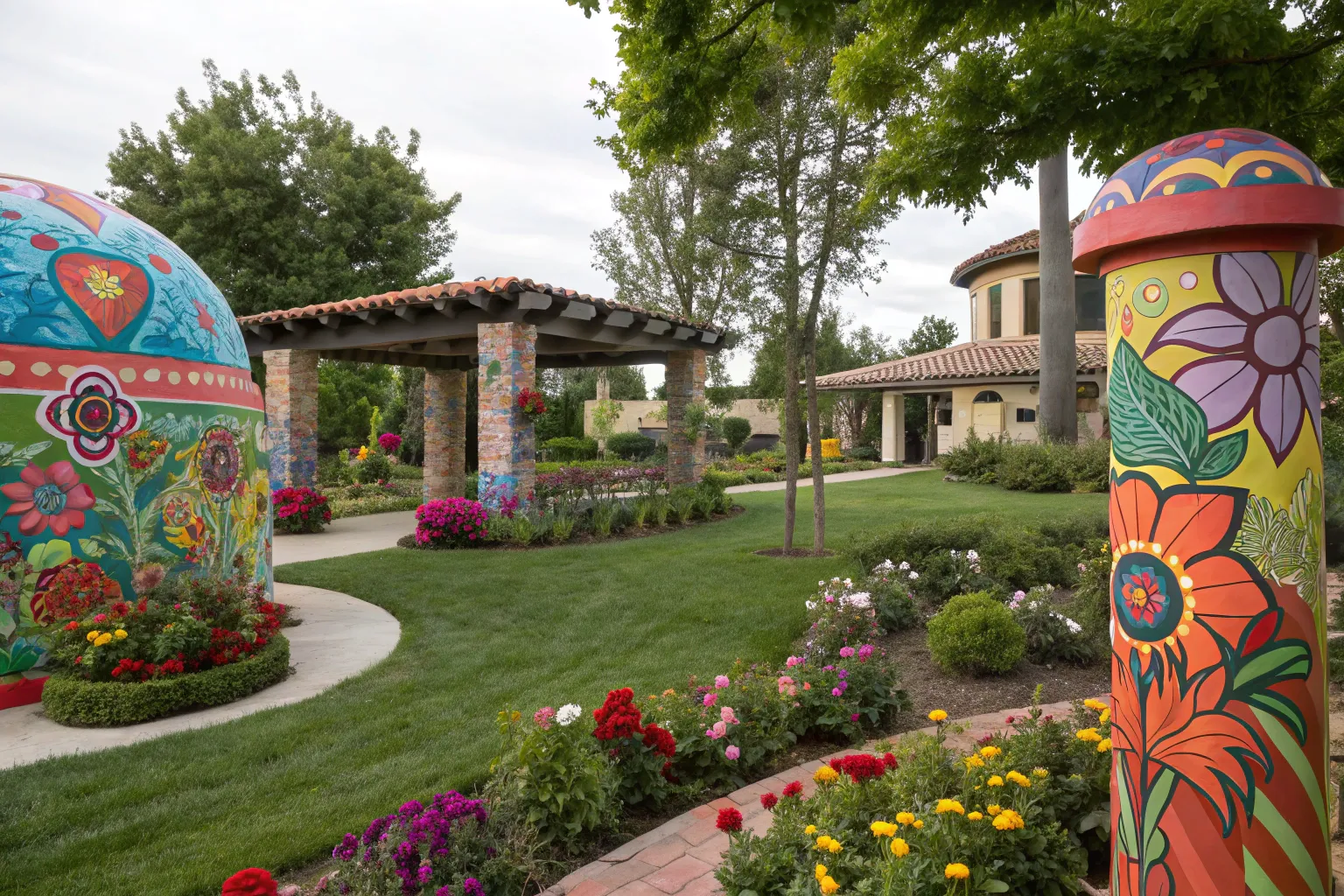Outdoor art displays can transform any garden, patio, or exterior space into a captivating visual experience. However, creating artwork that can withstand the elements requires careful material selection and proper weatherproofing techniques.
Understanding the Challenge

When planning outdoor art installations, you’re essentially creating a protective barrier system against nature’s most persistent forces. Ultraviolet radiation, moisture infiltration, temperature fluctuations, and wind stress pose constant threats to artistic materials. The key lies in selecting substrates and protective coatings that can maintain both structural integrity and visual appeal over multiple seasons.
I’ve worked with countless clients who initially underestimated the complexity of outdoor art preservation. The difference between a display that lasts one season versus one that endures for years often comes down to understanding material science and proper preparation techniques.
Choosing Your Art Board Substrate
Aluminum Composite Material (ACM) – The Professional Standard
For serious outdoor art installations, aluminum composite material represents the gold standard in weather resistance. ACM panels consist of two aluminum sheets sandwiching a solid polyethylene core, creating a lightweight yet incredibly durable substrate.
Key advantages of ACM panels:
- Exceptional moisture resistance
- UV stability without degradation
- Flat, stable surface that won’t warp
- Available in various thicknesses (3mm-6mm)
- Compatible with most paint systems
- Professional appearance
The smooth surface of ACM panels provides an ideal foundation for various mediums, including acrylics, oils, and mixed media applications. These panels have longevity of 2-5 years minimum, with proper coating systems extending this significantly**.
Marine-Grade Plywood – The Traditional Choice

When budget considerations make ACM panels impractical, marine-grade plywood offers a viable alternative with proper preparation. Unlike standard plywood, marine-grade materials use waterproof adhesives and higher-quality veneers.
Essential preparation steps for plywood:
| Step | Process | Purpose |
|---|---|---|
| 1. Sanding | Use 80-grit sandpaper on all surfaces | Opens wood pores for better adhesion |
| 2. Edge Sealing | Apply aluminum paint to all edges | Creates moisture barrier |
| 3. Primer Application | Two coats of exterior alkyd primer | Prevents moisture penetration |
| 4. Final Coating | High-quality exterior latex primer | Provides paintable surface |
Alternative Substrates
For experimental or temporary installations, consider these options:
Exterior-grade foam boards work well for lightweight applications under 24 months exposure. However, they require careful edge sealing and frequent maintenance.
Fiber cement boards provide excellent durability but require specialized cutting tools and generate hazardous dust during fabrication.
Protective Coating Systems
UV-Resistant Paint Selection
The foundation of any outdoor art piece lies in choosing paints specifically formulated for exterior exposure. Standard interior acrylics will fail within months when exposed to UV radiation.
Recommended paint systems:
- Exterior acrylic latex paints with built-in UV inhibitors
- Multi-surface paints designed for indoor/outdoor use
- Marine-grade coatings for extreme weather conditions
Always apply paint in thin, even coats, allowing complete curing between applications. Temperature and humidity during application significantly affect coating performance.
Protective Topcoat Application

A quality topcoat system provides the final barrier against environmental damage. Several specialized products have proven effective in outdoor mural applications:
For professional installations:
- MuralShield™ – Offers UV protection and consolidation properties, restoring vibrancy to weathered pigments
- VandlGuard MuralGuard – Specifically formulated for painted surfaces with anti-graffiti properties
For DIY applications:
- Exterior polyurethane spray sealers provide good general protection
- Marine-grade varnishes offer excellent moisture resistance
Apply topcoats in thin, even layers, typically requiring 2-3 coats for optimal protection. Always test compatibility between paint and topcoat systems on sample pieces before full application.
Mounting and Installation Strategies
Hardware Selection Principles
Stainless steel or galvanized hardware prevents corrosion and ensures long-term mounting security. Regular steel fasteners will rust within months of outdoor exposure, potentially staining your artwork and compromising structural integrity.
Essential hardware components:
- Stainless steel screws or anchors for permanent mounting
- Marine-grade hanging wire for suspended installations
- Galvanized wall anchors for masonry surfaces
- Corrosion-resistant brackets for heavy pieces
Weather-Resistant Hanging Systems
For removable or adjustable installations, consider these proven methods:
Grommet and bungee cord systems provide flexibility while maintaining security. Heavy-duty grommets every 18-24 inches along the perimeter distribute wind loads effectively.
Cornice hook systems allow easy seasonal removal while maintaining precise positioning. These L-shaped brackets screw into structural supports and can be left in place year-round.
Rail-mounted systems offer maximum adjustability for changing displays. Professional-grade picture rails can support substantial weight while allowing quick artwork changes.
Strategic Placement Considerations
Even the best weatherproofing cannot overcome poor location choices. Position outdoor art to minimize direct weather exposure while maintaining visual impact.
Optimal placement guidelines:
- Under roof overhangs or covered porches when possible
- Away from direct morning sun to reduce UV stress
- Protected from prevailing wind directions
- Above splash zones from irrigation or rain runoff
- Accessible for maintenance without requiring special equipment
Maintenance and Longevity
Regular Inspection Protocol
Establish a quarterly inspection schedule to identify potential issues before they become serious problems. Look for:
- Paint film integrity – Check for cracking or peeling
- Hardware corrosion – Inspect all mounting points
- Substrate condition – Monitor for warping or delamination
- Protective coating clarity – Watch for yellowing or hazing
Preventive Care Techniques

Gentle cleaning every 6 months significantly extends artwork life. Use soft brushes and mild detergent solutions, avoiding abrasive materials or harsh chemicals.
Touch-up maintenance should address small issues immediately. Keep matching paint and topcoat materials for quick repairs before water infiltration occurs.
Advanced Techniques for Extreme Conditions
Coastal Environment Adaptations
Salt air poses unique challenges requiring specialized approaches. Marine-grade everything becomes essential – from substrate selection through final protective coatings.
Additional protection strategies:
- Sacrificial anodes for metal components in extreme salt exposure
- Doubled topcoat thickness for enhanced barrier protection
- Quarterly washing schedules to remove salt accumulation
High-Wind Area Considerations
Wind loading calculations become critical for large installations. Consider professional structural analysis for pieces exceeding 4 square feet in exposed locations.
Design modifications for wind resistance:
- Perforated panels to reduce wind pressure
- Flexible mounting systems allowing controlled movement
- Multiple anchor points distributing loads effectively
Project Planning and Execution
Material Sourcing Strategy
Quality materials justify their cost through extended service life. Professional-grade substrates and coatings typically cost 2-3 times more than consumer alternatives but often last 5-10 times longer.
Budget allocation recommendations:
- 40% substrate materials (ACM, marine plywood, etc.)
- 30% coating systems (primer, paint, topcoat)
- 20% hardware and mounting (stainless steel components)
- 10% tools and supplies (brushes, rollers, cleaning materials)
Timeline Considerations
Proper curing time cannot be rushed without compromising long-term performance. Plan for:
- 48-72 hours between major coating applications
- 7-14 days final cure before installation
- Seasonal timing – avoid application during temperature extremes
Weather-friendly outdoor art boards require thoughtful material selection, meticulous preparation, and ongoing maintenance commitment. However, when properly executed, these installations can provide years of reliable service while enhancing your outdoor environment. The investment in quality materials and proper techniques pays dividends through reduced maintenance requirements and extended artistic lifespan.

